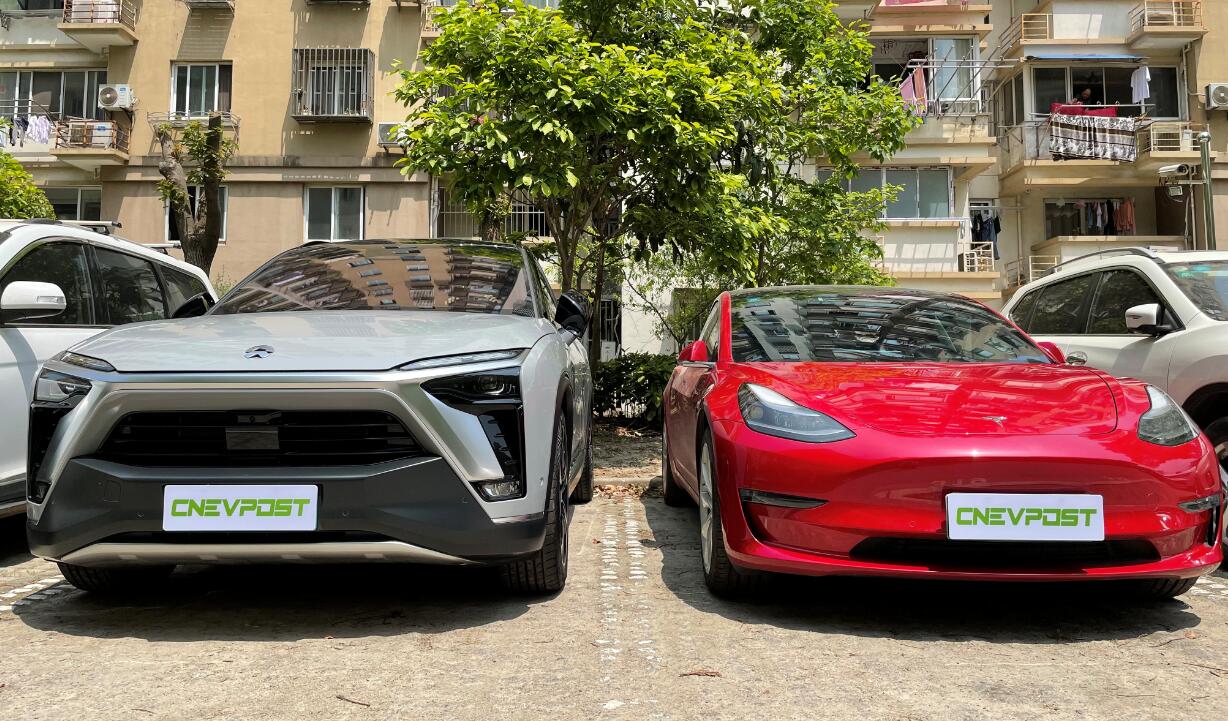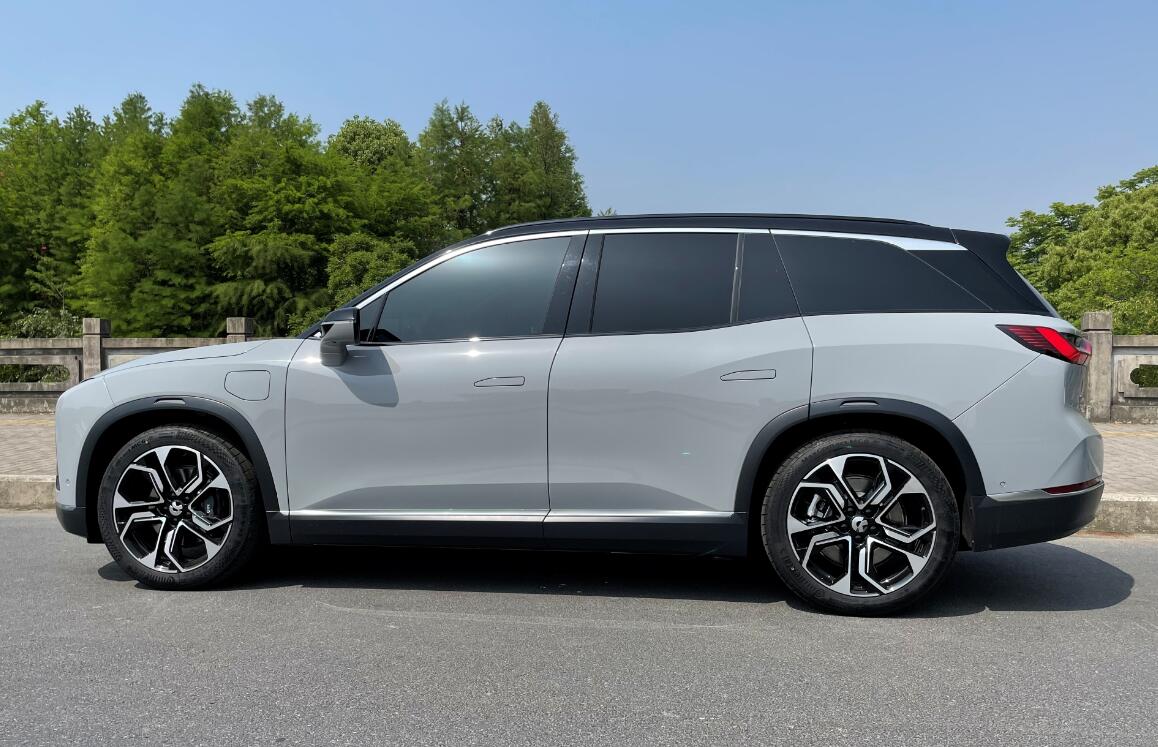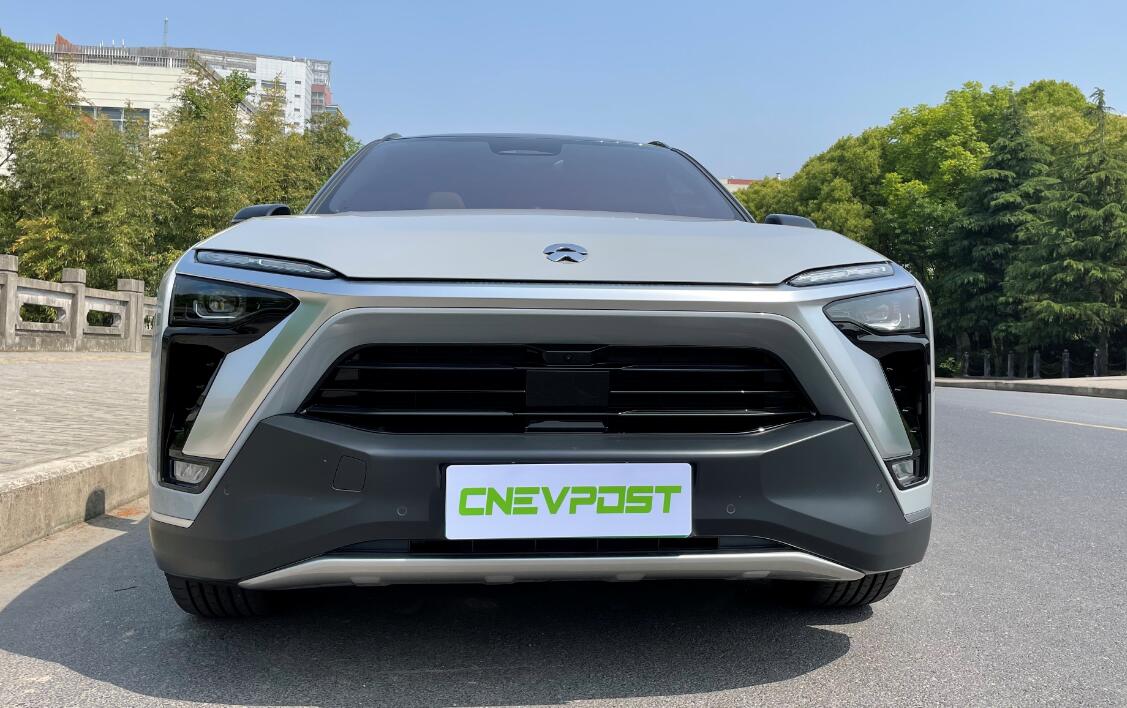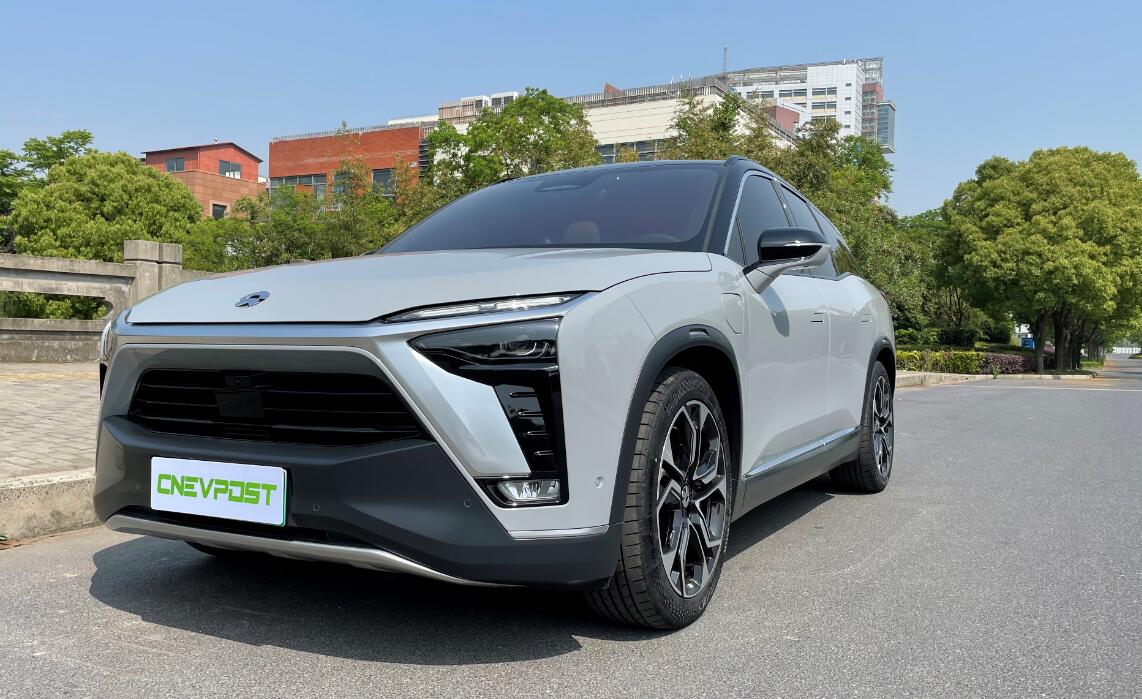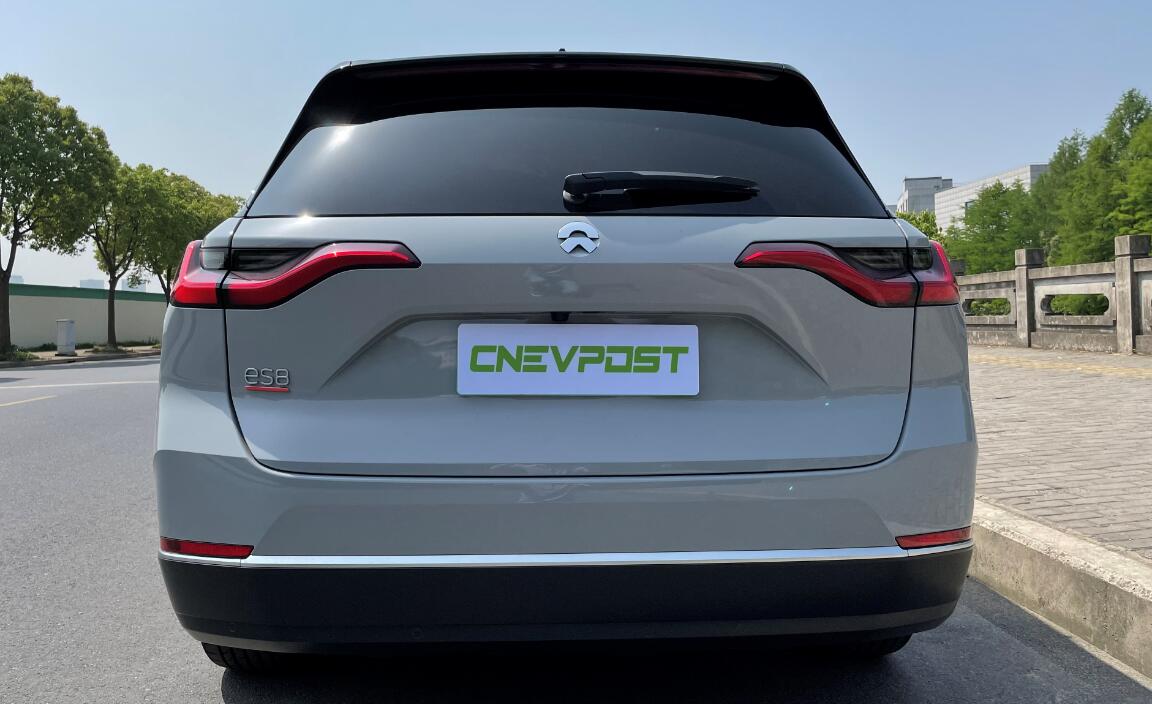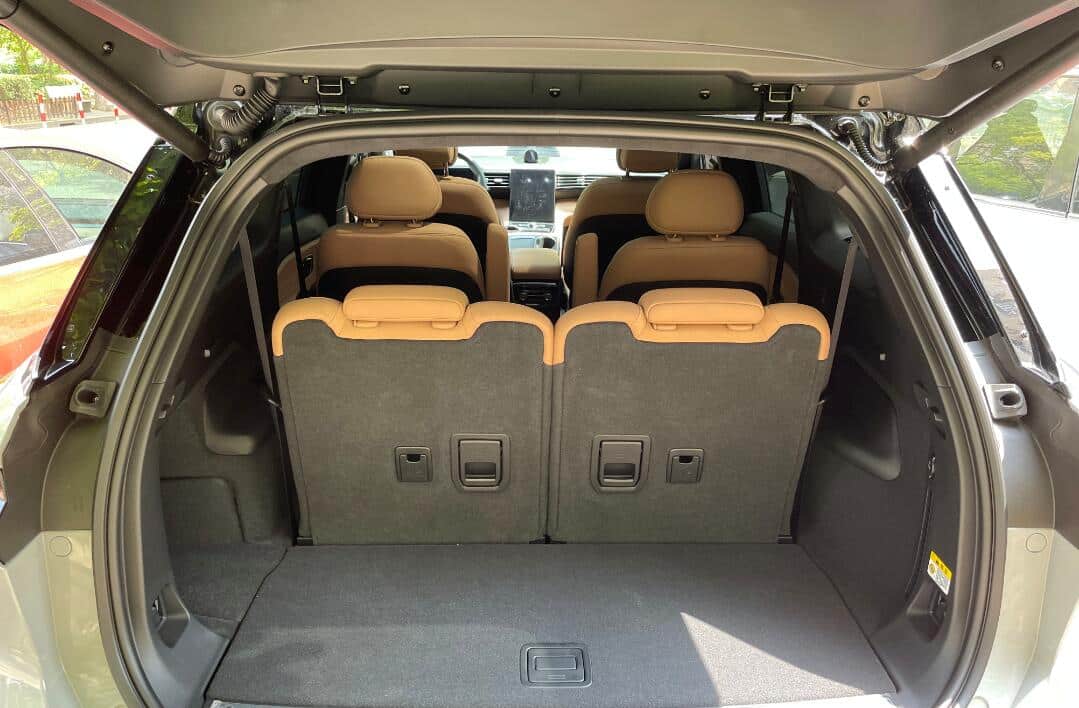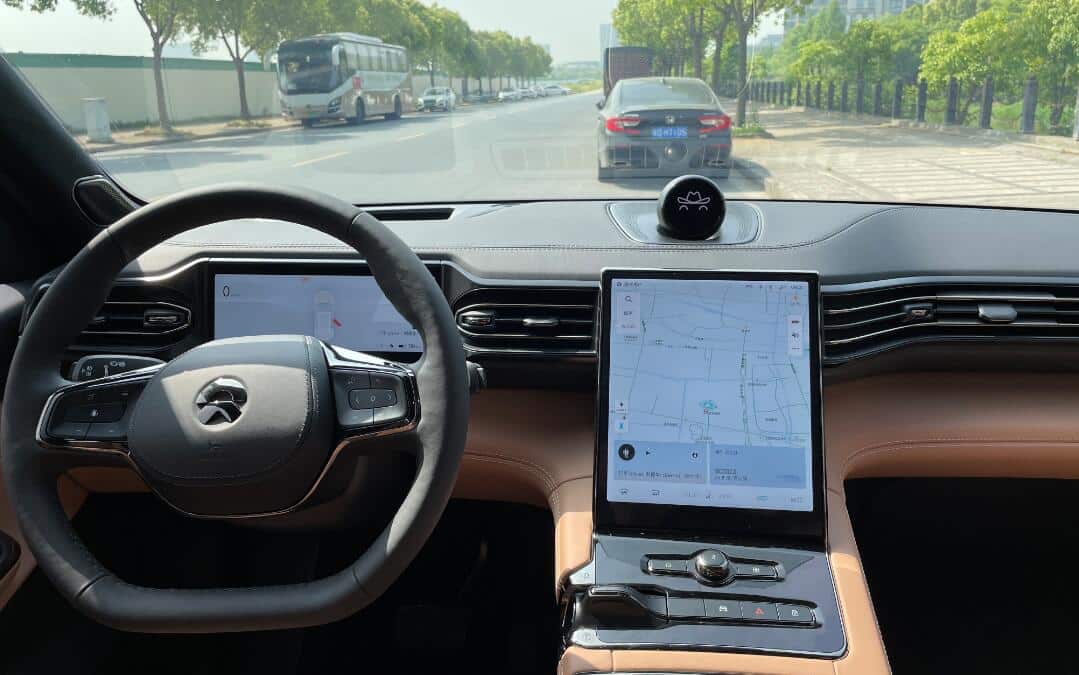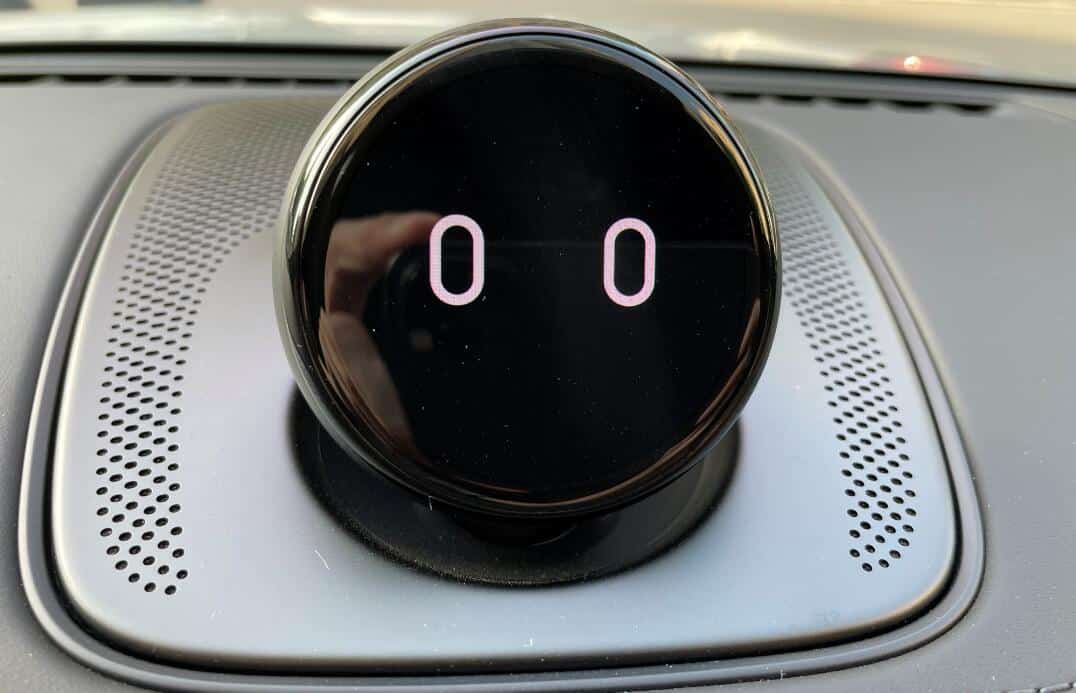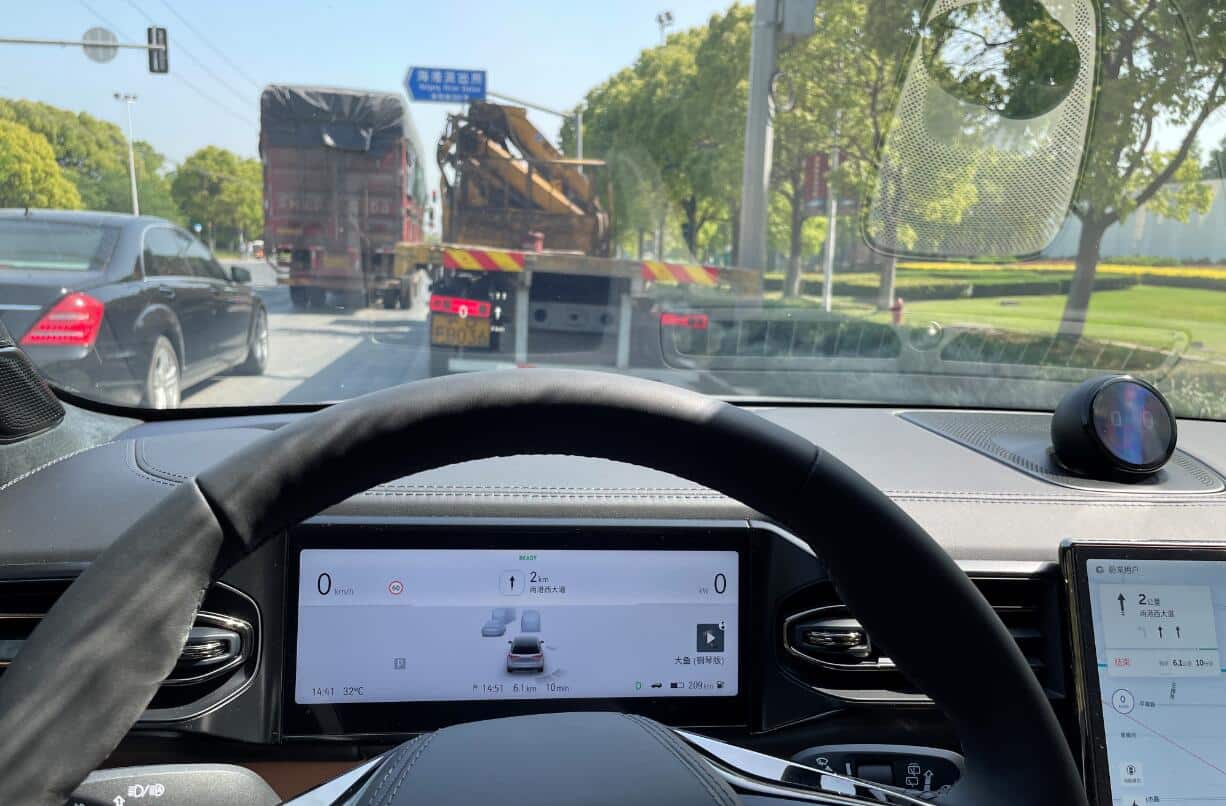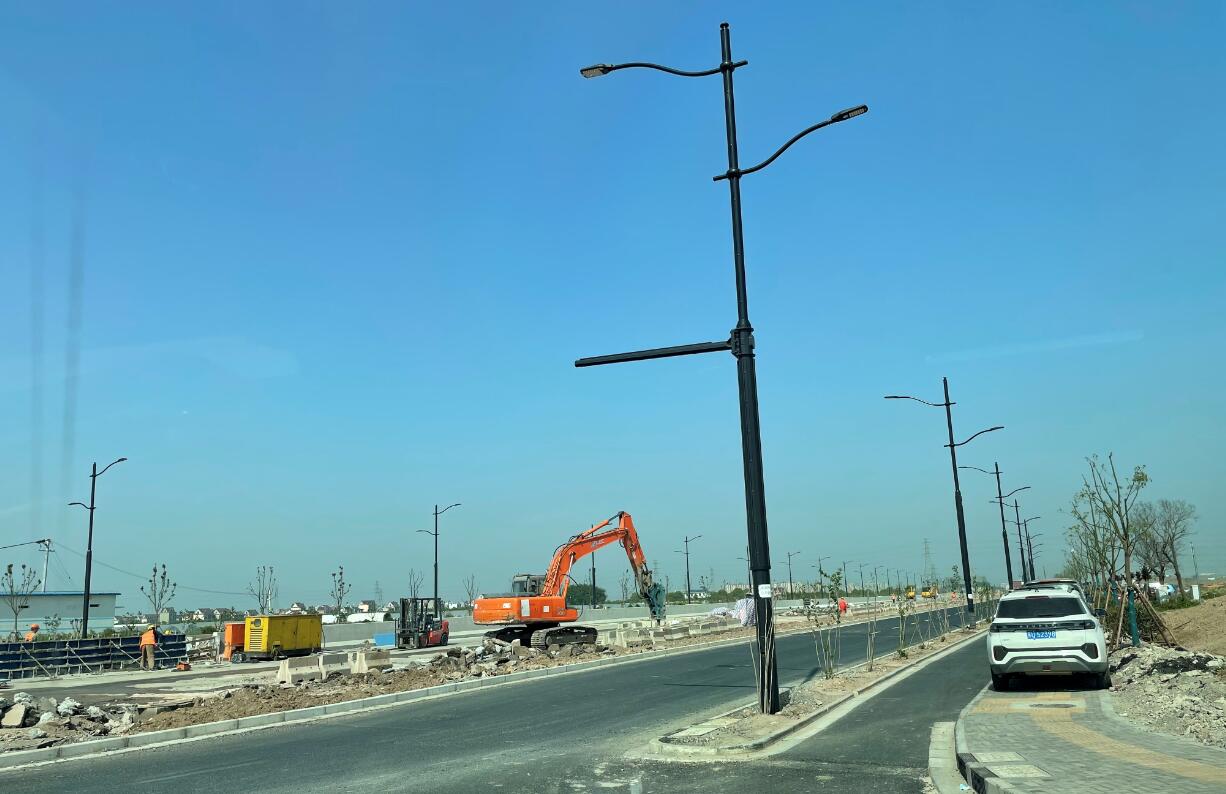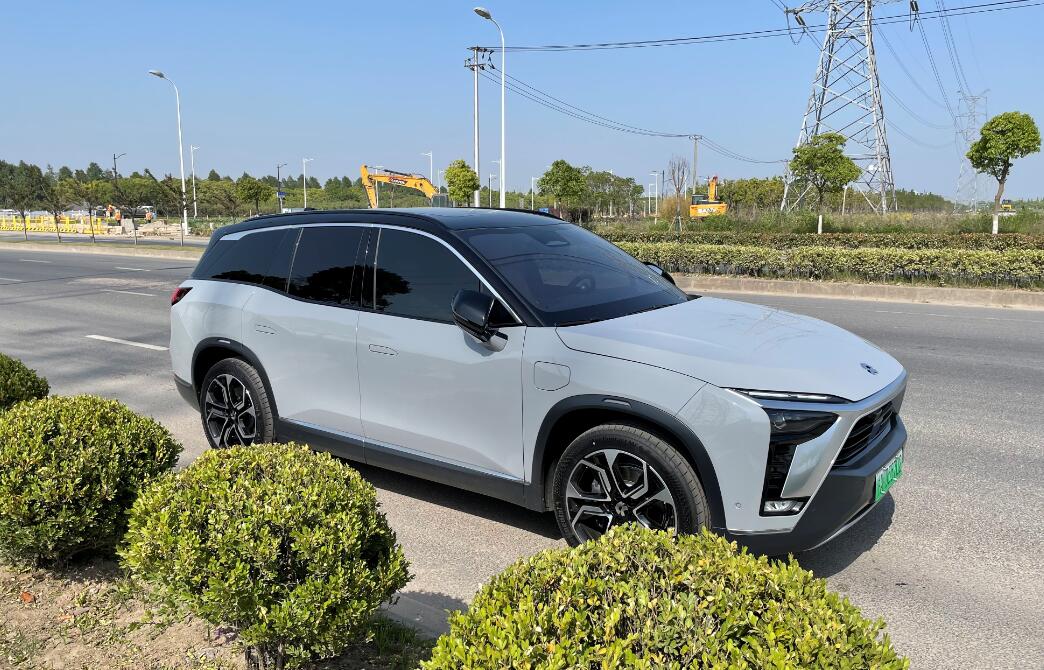Chinese electric car company Nio unveiled its strategy for entering the Norwegian market on May 6, marking an important milestone in its history as the company makes its first stop overseas.
According to Nio's plans, its flagship SUV, the ES8, will be the first model to be exported to Norway, with deliveries expected to start in September. The ET7, the company's flagship sedan that has yet to begin deliveries in China, will be exported to Norway in 2022.
As a company that was only founded in 2014, Nio has become the first Chinese car company to gain a firm foothold in the premium car market in just a few years, with a huge contribution from its first production model, the ES8.
After Nio announced that the ES8 would be the first model to enter Norway, I was interested in exploring what exactly the car had to offer, and Nio was kind enough to provide us with a test drive model.
I experienced the Nio ES8 for a full day on May 9, and in this article, I will tell you my personal feelings about the exterior, interior, driving experience, and other details. If you want to know the technical details of the car, you can check it out on Nio's website: https://www.nio.com/es8
For the record, I am a China-made Tesla Model 3 owner myself, which allows me to compare the driving experience of the Nio ES8 with one of the hottest selling EV models in China.
Exterior: both elegant and radical
An Nio staff delivered the vehicle to my house on the evening of May 8. After it was parked, I took a quick look at the car in the dimly lit environment.
The first feature that caught my attention was that when I came to the car with the key, the headlights automatically turned on and the door handles automatically popped out, giving me an invisible "welcome to the car" signal.
These features are simple but give a very thoughtful feeling.
The car's welcome lights are bright and can clearly illuminate the feet in the dim environment.
On the morning of May 9, I drove the vehicle to an open field and took some pictures of it.
Although the pictures show that the vehicle has an elegant exterior design, they do not give a complete picture of its features. If you have a chance to see the actual vehicle, you will find that it is better than the pictures show.
The details of its body will give the impression of exquisite workmanship, allowing it to be a true high-end model.
Here are some pictures I took, from which you can see the elegant lines of the body and the slightly aggressive front end.
(Source: CnEVPost)
Interior: spacious and smart
Nio ES8 offers two choices of seating layouts, 6-seater and 7-seater, and I test drove a 6-seater model.
When you enter the car, you can't help but marvel at how spacious it is. The car is also one of the most spacious I've ever seen inside.
(Source: CnEVPost)
After adjusting the first two rows of seats to fit me, a 178 cm tall person, the third row of seats was still spacious for me, and there was still room for my legs and the back of the second row of seats.
However, it is worth noting that the third row of seats is not suitable for long rides because it is very flat and has very little support for the legs.
Both seats in the third row can be lowered to the level of the trunk floor, giving the vehicle a huge amount of storage space.
In addition to the huge space, the model offers a very minimalist interior design. Unlike traditional gasoline cars with lots of physical buttons inside, the Nio ES8 has very few physical buttons, only essential ones, and other functions are integrated on an 11.3-inch center screen with a resolution of 1600 x 1400.
(Source: CnEVPost)
While Nio offers all of its models a dashboard that displays key information about the vehicle below the steering wheel and a large center screen, the heart of its vehicle interiors is actually the NOMI, a spherical robot that sits front and center in the vehicle.
In 2017, Nio released the first generation ES8, and with the launch of this model, its in-car voice assistant NOMI became the world's first mass-produced in-car artificial intelligence system.
NOMI is derived from the harmonic of English Know Me, representing Nio's pursuit of intelligent interaction experience in the car. If you have seen the science fiction movie "Her", NOMI is Nio's version of "Her".
After the delivery of Nio ES8 and ES6, NOMI has won the hearts of a large number of car owners and Nio fans with its intelligent and interaction experience.
I kept letting NOMI help me with operations including playing music and turning on/off the air conditioner through voice commands during my test drive.
In contrast, my Tesla Model 3 also had voice control, but I never used it again after failed attempts when I first got it.
My family also took a short ride in the car, and as many owners have said previously, NOMI is a favorite feature for many children, and my son's attention was drawn to it at first glance.
(Source: CnEVPost)
Driving experience: comfort based on strong performance
After lunch on May 9, I started to plan to drive this Nio ES8 to a place far away. While thinking about where to go, an interesting place came into my mind - Tesla Shanghai Gigafactory.
The Tesla Shanghai Gigafactory is about 35 kilometers away from my house, and the highway will give me a chance to experience the Nio Pilot assisted driving feature.
It should be noted that the car has a braking energy recovery system, meaning that if the driver releases the accelerator pedal, the vehicle will begin to slow down. This is one of the most obvious features of the Tesla model.
However, I did not feel the motor decelerate the vehicle when the accelerator pedal was released while I was driving the car. I consulted a friend who owns an ES6 and she also said she was not aware that her car could brake by releasing the accelerator pedal.
This means that the Nio ES8 is not much different for the driver than a conventional fuel car, except that it is more powerful - the car will move slowly forward when the brakes are released at a standstill, not stand still like the Model 3.
On May 10, just as I was about to publish this article, my friend told me that she turned on "Energy Saving" mode when her car was about to run out of power, and that's when she felt the braking energy recovery feature.
In contrast, the Model 3 has braking energy recovery on by default, and users can't choose to turn it off, only to choose different levels.
When I first started driving this Nio ES8, there was one situation that I didn't feel comfortable with - the car accelerated like a performance monster when the accelerator pedal was pushed a little deeper.
I know this car accelerates from 0 to 100 km/h in 4.9 seconds despite its huge size and weight of 2,425 kg. The fast acceleration was no surprise, but the aggressive acceleration tended to make passengers feel uncomfortable.
I later found out that this was because the vehicle's driving mode was set at "Sport", and after I changed it to "Chill" mode, the acceleration experience was much smoother.
In "Chill" mode, the Nio ES8 felt very similar to the Model 3. However, one noticeable difference is that when going over the speed bump in front of the gate of the community I live in, which I pass every day, the Nio ES8 only gives me a slight vibration, unlike the Model 3, which has a significant bump.
This is thanks to the car's air suspension, which has previously only been seen on luxury cars costing more than RMB 1 million, while the Nio ES8 starts at RMB 468,000.
On the stretch of road approaching Tesla's Shanghai Gigafactory, there are many potholes in the road due to the large number of trucks that pass by on a daily basis. You can't imagine how bumpy driving a regular sedan on such roads would be, but the Nio ES8 showed great comfort in dealing with all of them.
(Source: CnEVPost)
I eventually arrived near the Tesla factory, but the navigation suggested that I would need to walk for a while after parking, and construction work was going on in the parking area. So I gave up on going to the entrance of the Tesla factory.
(Source: CnEVPost)
Nio Pilot: Excellent performance
Autonomous driving is a must for any good smart electric car, and Nio is no exception with its autonomous driving feature called "Nio Pilot".
With the help of Nio Pilot, the vehicle can automatically brake and accelerate, which is very important for relieving leg fatigue in traffic jams.
On roads covered by high precision maps, the vehicle sends out a voice alert that Navigate on Pilot (NOP) is ready and the driver can choose to use it.
I turned on Nio Pilot on the stretch of highway leading to Tesla's Shanghai Gigafactory, and it gave me a feeling comparable to the EAP (Enhanced Autopilot) capability that Tesla offers owners a free 45-day experience since May 1.
Nio Pilot will strictly follow the speed limit for the current stretch of road, while the driver can also accelerate with the accelerator pedal if they wish to go faster.
It supports changing lanes by hitting the turn signal, though this feature requires an additional purchase when the consumer purchases the car.
I tried this feature several times and the car completed the lane change smoothly every time, except that it would give a sense of caution instead of changing lanes immediately after hitting the turn signal.
Since Nio Pilot was not the core of my test drive, and I prefer to control the car myself, I did not spend much time on this feature.
Other details
Nio has put a lot of thought into the safety of the vehicle, and this can be seen in many details.
During my test drive, I encountered several steering wheel vibration alerts. I didn't know the exact cause at the time, and I couldn't look down to check the dashboard for alerts.
However, I later found out that the steering wheel would vibrate to alert the driver when the vehicle was driving on the line.
What struck me about this car was that it had a large rearview mirror, giving the impression that it was perhaps a quarter larger than the Model 3's mirror, allowing the driver to see more information when looking at the road behind them.
It has an area of the rearview mirror that lights up in yellow when a car is approaching in the next lane to alert the driver.
The car also has a huge sunroof as well as a device for heat insulation, and the user can control their opening and closing with separate buttons.
In addition, it is equipped with a so-called "queen passenger seat", which is an additional optional feature that provides a more comfortable experience for the passenger.
Summary
The Nio ES8 is a big, well-built performance monster, and if you like to drive, its "Sport" mode can give you a lot of power at any time.
But in my opinion, the car's focus on comfort and safety makes it more suitable as a family car in "Chill" mode.
Its spacious interior and NOMI's ability to provide convenience and entertainment to passengers make it an important member of the family.
For the driver, its most comfortable driving mode inherits the driving habits needed for a traditional fuel car. If you used to drive a fuel car, there will not be the slightest discomfort in driving when you change to an Nio vehicle.
This approach of Nio is very smart, after all, the muscle memory brought by people's driving habits will form part of their own conditioned reflexes, and forcing people to change such habits will not only be difficult, but also face safety risks.
(This article was written by Phate Zhang, founder, and editor of CnTechPost and CnEVPost.)

